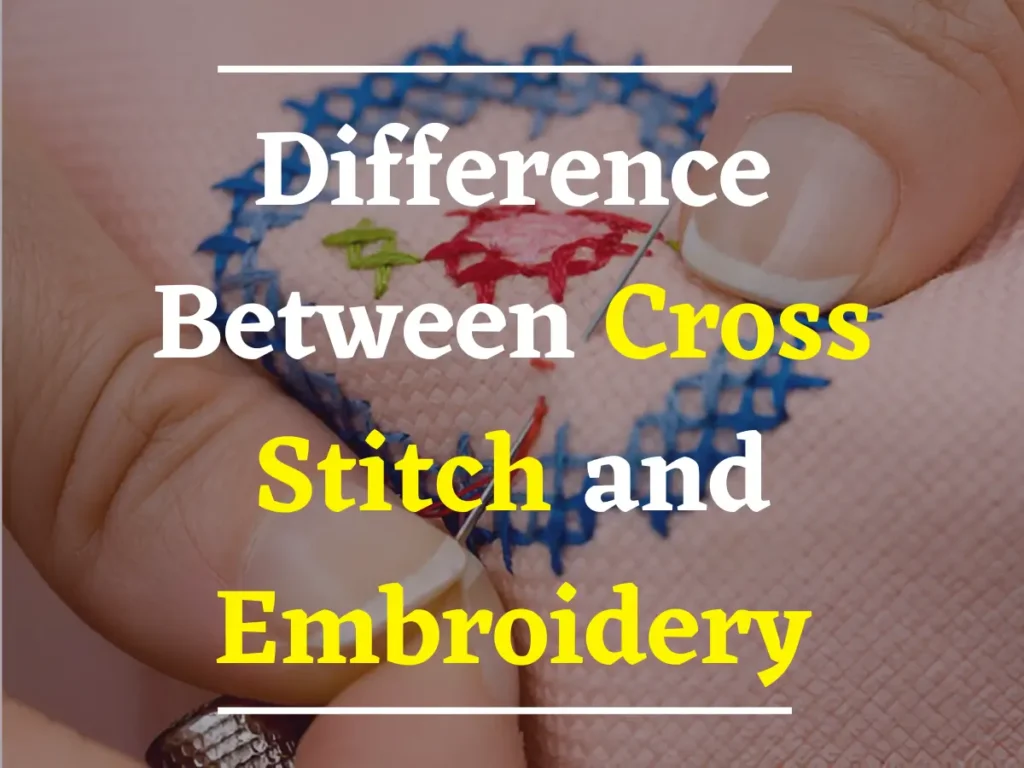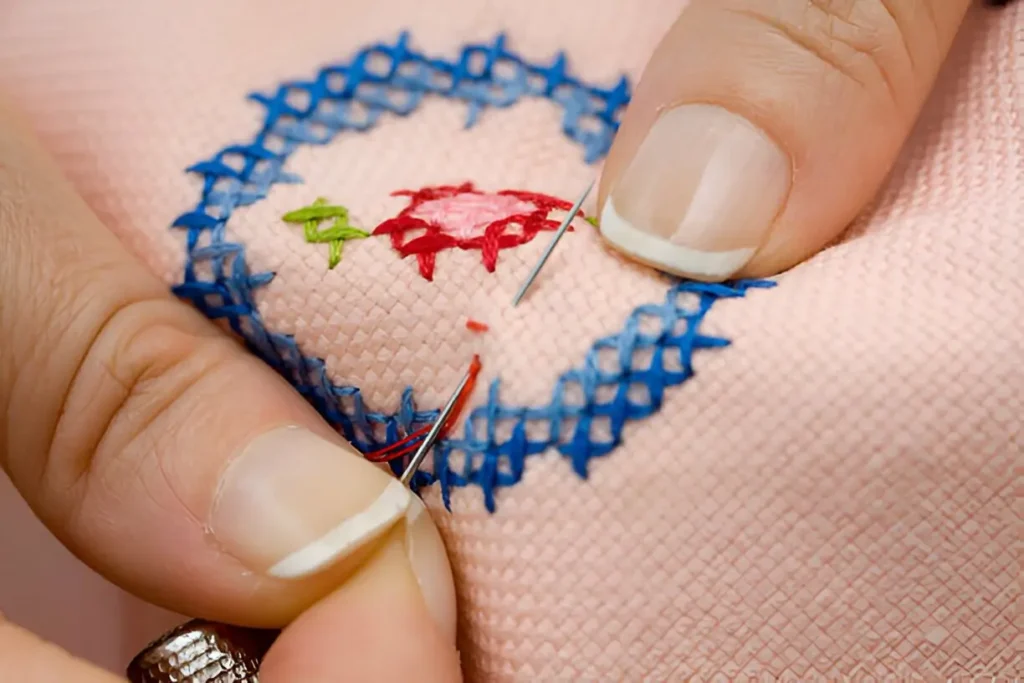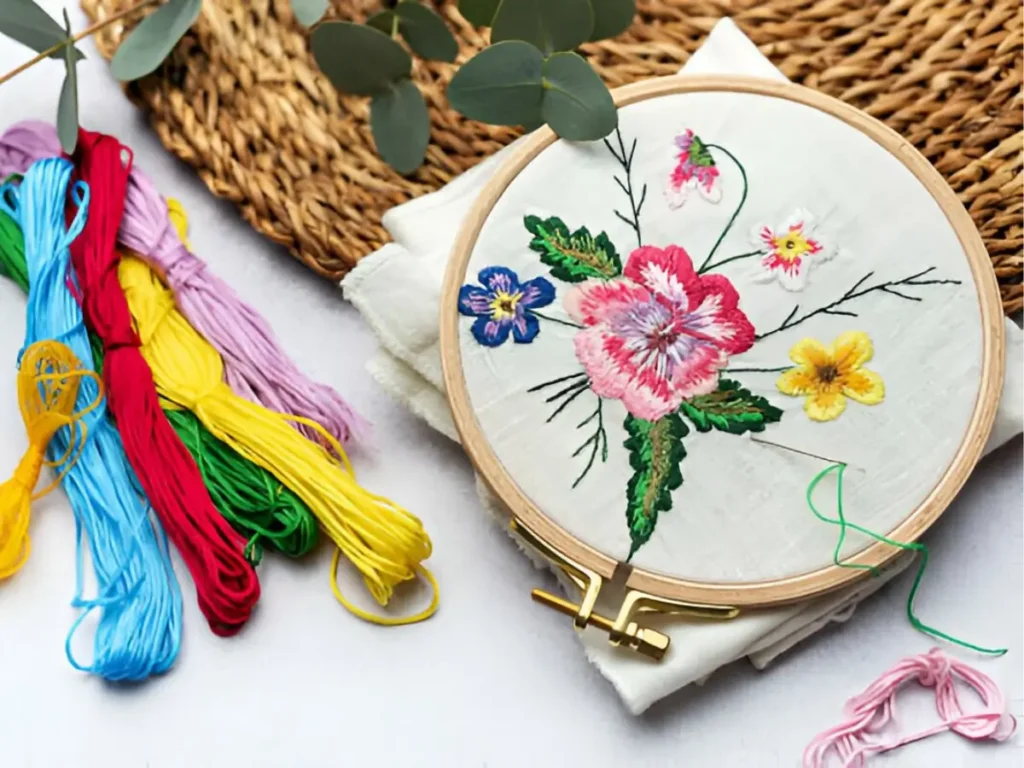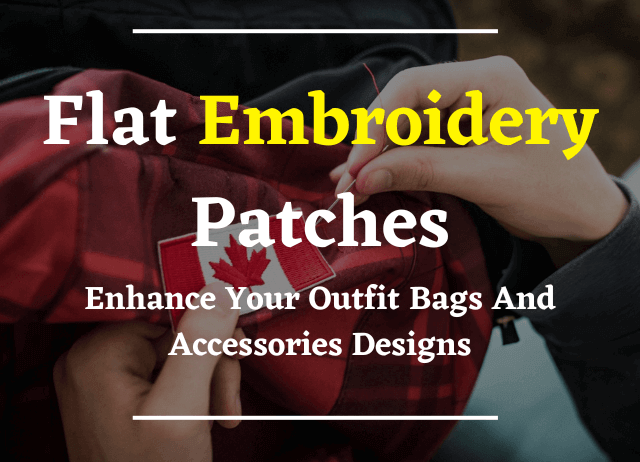Difference Between Cross Stitch and Embroidery

Textile crafts like cross stitching and embroidery are more than just hobbies; they’re popular and rewarding activities that many people enjoy. Understanding the difference between cross stitch and embroidery can enhance your appreciation for these crafts. Not only are they fun, but they also provide therapeutic benefits.
Many find the repetitive motions calming, helping to reduce stress and improve focus. Whether creating a beautiful piece for your home or a gift for a loved one, cross stitch and embroidery offer a fulfilling and relaxing way to spend your time.
What is Cross Stitch?

Cross stitch is a type of embroidery where you create designs by making small,
- shaped stitches on fabric. Imagine it like pixel art but with thread. You follow a pattern usually printed on graph paper, where each square represents a stitch on your fabric.
Key Characteristics of Cross Stitch
What makes cross stitch unique is its grid-like pattern. Each stitch forms a neat X, giving the finished piece a pixelated look. Patterns are usually printed on graph paper, making them easy to follow. You can create anything from simple, small designs to large, detailed masterpieces, depending on your skill level and patience.
Materials and Tools Used in Cross Stitch
Getting started with cross-stitch is pretty straightforward. Here’s what you’ll need:
- Fabric: Aida cloth is the go-to choice because its weave makes it easy to see where to place each stitch.
- Thread: You’ll use embroidery floss, which comes in many colors. It’s made of cotton and can be split into finer strands for different effects.
- Needles: Blunt-tipped needles are best since they prevent you from splitting the fabric fibers.
- Hoop: An embroidery hoop keeps your fabric tight and makes it easier to work on your project.
- Pattern: Lastly, you’ll need a pattern to follow. These charts show you exactly where each stitch should go.
What is Embroidery?

Embroidery is the art of decorating fabric using a needle and thread. This technique involves stitching designs onto cloth to create beautiful and intricate patterns. Unlike other forms of textile art, embroidery offers a lot of freedom. You can follow a pre-drawn pattern or create your designs from scratch.
Diversity of Embroidery Techniques
Embroidery isn’t just one thing; it’s a whole world of different techniques. For example:
- Crewel: This technique uses wool thread on a linen fabric. It’s known for its beautiful, flowing designs and has been around for over a thousand years.
- Needlepoint: This is a type of embroidery done on stiff, open-weave canvas. It’s perfect for detailed, decorative work like pillows and wall hangings.
- Cross Stitch: We already talked about this one. It’s all about those neat little X’s.
- Blackwork: This technique uses black thread on white fabric to create intricate, geometric designs. It’s often used for historical costume reproductions.
Materials and Tools Typically Used in Embroidery
To get started with embroidery, you’ll need a few essentials:
- Fabric: Depending on your project, you might use cotton, linen, or even silk.
- Thread: Embroidery floss is the most common type, and it comes in a rainbow of colors. You might also use wool, silk, or metallic threads for different effects.
- Needles: There are many types of needles, but for most embroidery, you’ll use sharp, pointed ones.
- Hoop or Frame: An embroidery hoop or frame keeps your fabric tight, making it easier to work on your design.
- Scissors: A small, sharp pair of scissors is essential for cutting thread cleanly.
- Pattern: Whether you draw your design or follow a printed one, having a pattern to guide you is helpful.
Techniques and Stitches
Basic Techniques of Cross-Stitch
Cross stitch is all about working on a grid. You start with a piece of fabric, usually Aida cloth, which has an even weave, making it easy to see where your stitches should go. Each square on the fabric represents a stitch, and you create an “X” in each square to build your design. Patterns are typically printed on graph paper, where each square matches a square on your fabric.
Basic Techniques of Embroidery
Embroidery offers a bit more freedom compared to cross stitch. Instead of working on a grid, you can stitch your designs freely or follow a pre-drawn pattern. There are many types of stitches you can use in embroidery, such as the running stitch, backstitch, satin stitch, and French knots, to name a few. Each stitch type creates a different texture and effect, allowing for more creative expression.
Comparison of Techniques
| Aspect | Cross Stitch | Embroidery |
| Nature of Technique | Grid-based | Freeform |
| Structure | Highly structured | More flexible |
| Ease for Beginners | Easier, as it follows a pattern | Requires more skill and decision-making |
| Pattern | Follows a printed grid pattern | Can follow a pattern or be freely designed |
| Creative Freedom | Less creative freedom, more about precision | Allows for more artistic expression |
| Types of Stitches | Primarily one stitch (X-shaped) | Variety of stitches (e.g., running, satin) |
| Project Types | Best for detailed and precise designs | Suited for a wide range of projects |
| Materials | Typically Aida cloth and cotton floss | Various fabrics and thread types |
Difference in Cross Stcih and Embroidery in Terms of Applications and Uses
Applications of Cross Stitch
Cross stitch is perfect for creating decorative items like wall hangings, cushions, and even bookmarks. It’s often used to make personalized gifts, such as monogrammed towels or framed pieces with a loved one’s name. The structured nature of cross stitch makes it easy for you to produce detailed and precise designs, which can be very satisfying to complete.
Applications of Embroidery
Embroidery is incredibly versatile and can be used in fashion, art, and home decor. You can embellish clothing, like denim jackets or jeans, with beautiful embroidered designs. It’s also popular for creating decorative pillows, table runners, and other home decor items. Many artists use embroidery to create intricate and textured pieces of art, combining different stitches and threads to achieve stunning effects.
Conclusion
Embroidery and cross-stitch are both amazing crafts that offer endless possibilities for creativity and relaxation. Whether you’re new to these hobbies or a seasoned pro, there’s always something new to learn and create. At Today Patches, we understand the joy and satisfaction that comes from completing a beautiful project. We’ve got you covered with high-quality supplies and unique patterns that will inspire your creativity. Visit Today Patches to shop for all your embroidery and cross stitch needs.







